Tip for Commercial Real Estate Tenants: Negotiating a Cap on Controllable Operating Expenses
Under a commercial lease, tenants are typically responsible for various expenses associated with operating the property that are passed through from the landlord. As a result, the tenant bears the burden of increasing operating expenses, while the landlord, which is actually entering into the various service and vendor contracts, is the one in a position to exert control over how much these expenses increase from year to year. To bridge this disconnect, sophisticated tenants often negotiate a cap on “controllable expenses.”
Defining What Constitutes a “Controllable Expense”
It comes as no surprise that to negotiate a cap on controllable expenses, the parties must first define what constitutes “controllable expenses” in the lease. This is usually done in the negative and while definitions vary from lease to lease, a typical formulation may fall along the lines of: all operating expenses except for (i) the cost of charges for electricity, gas, water, and other utilities; (ii) expenses incurred by the landlord for unionized labor; (iii) the cost of charges for all insurance for the property carried by the landlord; (iv) costs incurred in connection with upgrading the premises to comply with codes, ordinances, regulations, statutes, and other laws effective on or after the lease date; (v) costs or expenses that vary with occupancy or use (including, without limitation, property management fees); (vi) taxes; and (vii) costs of snow removal. The goal is to identify costs for which the landlord is not readily able to shop around for a lower priced provider.
Compounding v. Non-Compounding
Having determined the categories of expenses that will be subject to the cap, the next step is to agree on whether the cap is cumulative or non-cumulative. A cumulative cap grows at a steady rate, regardless of whether expenses grow in any given year. For example, with a 5% annual cumulative cap, if expenses in year 1 were $100, the cap in year 2 would be $105, and the cap in year 3 would be $110.25 (i.e $105 x 1.05), even if the actual expenses in year 2 were only $102. A non-cumulative cap means that in any given year, controllable expenses cannot exceed the agreed-upon increase from the prior year. If the cap is set at 5%, controllable expenses each year cannot exceed 105% of the previous year’s expenses, regardless of past expenses. That means that in the scenario above, if year 2 expenses were only $102, the cap for year 3 would be $107.10, which is less than the $110.25 cap in the cumulative cap example above. Tenants generally prefer a non-compounding cap for obvious reasons, but landlords argue that a compounding cap avoids punishing a landlord for holding costs down in a given year, only to see them jump in a future year and argue that in such a situation, the landlord is incentivized to increase controllable costs to the full extent of the cap each year.
Sample Clause
Below is a sample clause for a compounding annual cap of 5% on controllable operating expenses. This is a fairly thorough example of such a clause and a more abbreviated version may be appropriate depending on the facts and circumstances of a particular lease.
Notwithstanding the foregoing, for purposes of determining Operating Expenses payable by Tenant under this Lease during the initial Lease Term only, Controllable Operating Expenses (defined below) for the second full calendar year of the initial Lease Term, and each subsequent calendar year of the initial Lease Term shall not exceed the Controllable Operating Expense Cap (defined below) for such calendar year. The term “Controllable Operating Expense Cap” shall mean, with respect to the second full calendar year of the initial Lease Term, one hundred five percent (105%) of the monthly amount of Controllable Operating Expenses with respect to the first full calendar year of the initial Lease Term (as reasonably determined by Landlord in accordance with the terms of this Lease), and with respect to each subsequent calendar year during the initial Lease Term, the Controllable Operating Expense Cap shall increase by five percent (5%) over the applicable Controllable Operating Expense Cap for the immediately preceding calendar year (irrespective of whether the actual Controllable Operating Expenses for the preceding calendar year was less than the amount of the applicable Controllable Operating Expense Cap for such preceding calendar year), such increase to be cumulative and compounded annually. For illustrative purposes only, if the amount of Controllable Operating Expenses during the first full calendar year of the initial Lease Term was $100 per month (as reasonably determined by Landlord), then the Controllable Operating Expense Cap for the second full calendar year of the initial Lease Term would be $105.00 per month, the Controllable Operating Expense Cap for the third full calendar year of the initial Lease Term would be $110.25 per month, and so on, and such increases in the Controllable Operating Expense Cap shall occur irrespective of whether the actual Controllable Operating Expenses in any calendar year are less than the Controllable Operating Expense Cap. In no event shall there be any cap on Controllable Operating Expenses during any renewal or extension of the initial Lease Term. The term “Controllable Operating Expenses” shall mean all Operating Expenses, except for the following: (i) the cost of all charges for electricity, gas, water and other utilities; (ii) expenses incurred by Landlord for unionized labor expenses; (iii) the cost of all charges for all insurance for the Project and/or the Building carried by Landlord; (iv) costs incurred in connection with upgrading the Premises, Building or Project to comply with codes, ordinances, regulations, statutes and/or other laws which first become effective on or after the date of this Lease; (v) costs or expenses that vary with occupancy or use (including, without limitation, property management fees); (vi) all Taxes; and (vii) costs of snow removal. Notwithstanding anything to the contrary contained herein, if Controllable Expenses in any calendar year exceed the Controllable Expense Cap for any particular year, then such excess amount (the “Excess Controllable Expenses”) may be billed to and shall be payable by Tenant in subsequent calendar years to the extent that in any such subsequent calendar year Controllable Expenses are not in excess of the Controllable Expense Cap for such subsequent year(s). In order to bill any such Excess Controllable Expenses to Tenant in a future year, Landlord shall (i) show a calculation of the Excess Controllable Expenses in the Statement for the year in which the expenses are incurred and (ii) show any such amount carried forward on the Statement for each subsequent year until such amounts are billed to Tenant if permitted as described above.
Conclusion
Negotiating a cap on controllable operating expenses in a commercial lease is a strategic move for tenants. Such a cap helps tenants protect themselves from unpredictable and potentially significant increases in operating costs. This foresight can lead to a more stable and predictable financial outlook over the lease term, ultimately benefiting the tenant’s business operations and financial planning.



